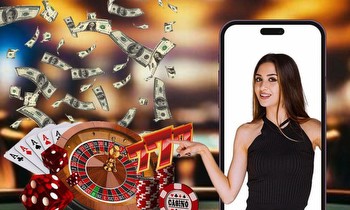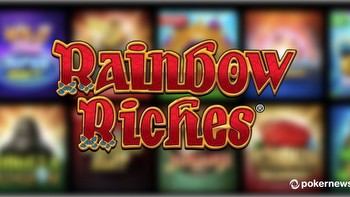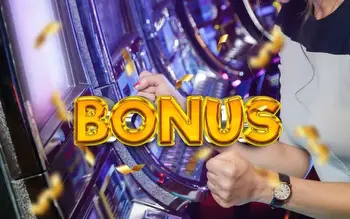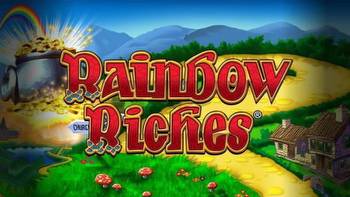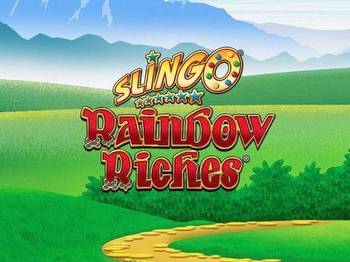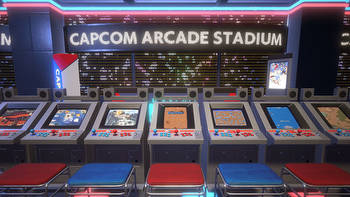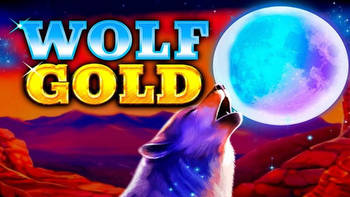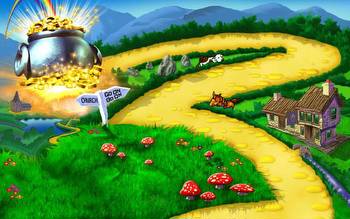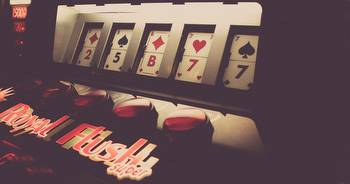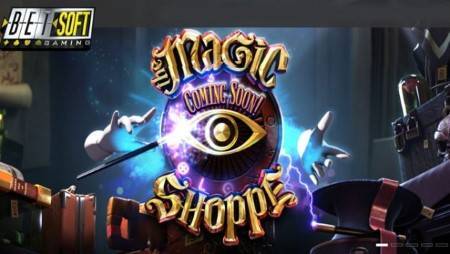The Gamification of Casino Games Isn’t a Crazy as it Sounds

The gamification of casino games might sound like a misnomer, but it’s not. Yes, it’s true that casino classics such as blackjack and roulette are games. They have inherent uncertainty and an ultimate goal, which means they’re games in every sense. However, even the best games can be tweaked a little bit. The concept of gamification has been around for centuries. Indeed, you can trace its roots back to the 1890s and retailers giving stamps to loyal customers, according to Gamify.
However, it wasn’t until 2002 that Nick Pelling coined the term gamification. In his definition, the process of gamification involves making tasks more engaging through game-like elements. Although this wasn’t a new concept, the fact Pelling had coined a name for it meant creative types embraced it like never before. By 2005, Rajat Paharia had founded Bunchball Nitro. Paharia’s platform added game elements to websites with the aim of increasing engagement.
A trend was set which, eventually, meant game developers would embrace the process of gamification. Again, that sounds like a misnomer or facetious statement, but let us explain. The advent of online gaming technology meant developers suddenly had a new reach. They could engage more people around the world. As such, games needed to change and offer something new. The best evidence of this comes from the casino gaming sector. Traditional casino games, including blackjack, roulette, and slots were (and still are) popular online.
However, with the freedom to be creative and, in turn, the need to appeal to a broader demographic, game developers needed to embrace the concept of gamification. We can use the online slot game Rainbow Riches to explain what happened. At its core, this slot game has five reels, 20 paylines, some symbols and a selection of payouts. Players have to match three or more symbols to win prizes. All of these features are standard i.e. they’ve been used for slot machines since the 19th century. But this game has some extras. Those extras are bonus features.
One feature, in particular, is the Road to Riches bonus. Once you roll in three or more leprechaun symbols, a mini-game opens up. This game sees you spin a wheel to determine how many steps you move along a pathway cutting through the countryside. This simple gamification element gives Rainbow Riches another dimension. It makes it feel like a video game in some respects which, in turn, makes it appealing to a broader audience. This isn’t the only example of gamification in casino games. Other slots, such as Dragon Shrine, feature something known as an Achievements Engine.
Developed by QuickSpin, this gamification feature allows players to collect randomly distributed tokens as they spin. Once they’ve collected enough tokens, they can access bonus features. Again, this dynamic is something that video game players will be familiar with, which means slots like Dragon Shrine are more appealing to the gaming community as a whole and not just casino fans.
That’s the power of gamification. It can take an already popular product and give it something extra which, in turn, broadens its appeal. Software developers know this, which is why casino games can and have been gamified over the last decade.








